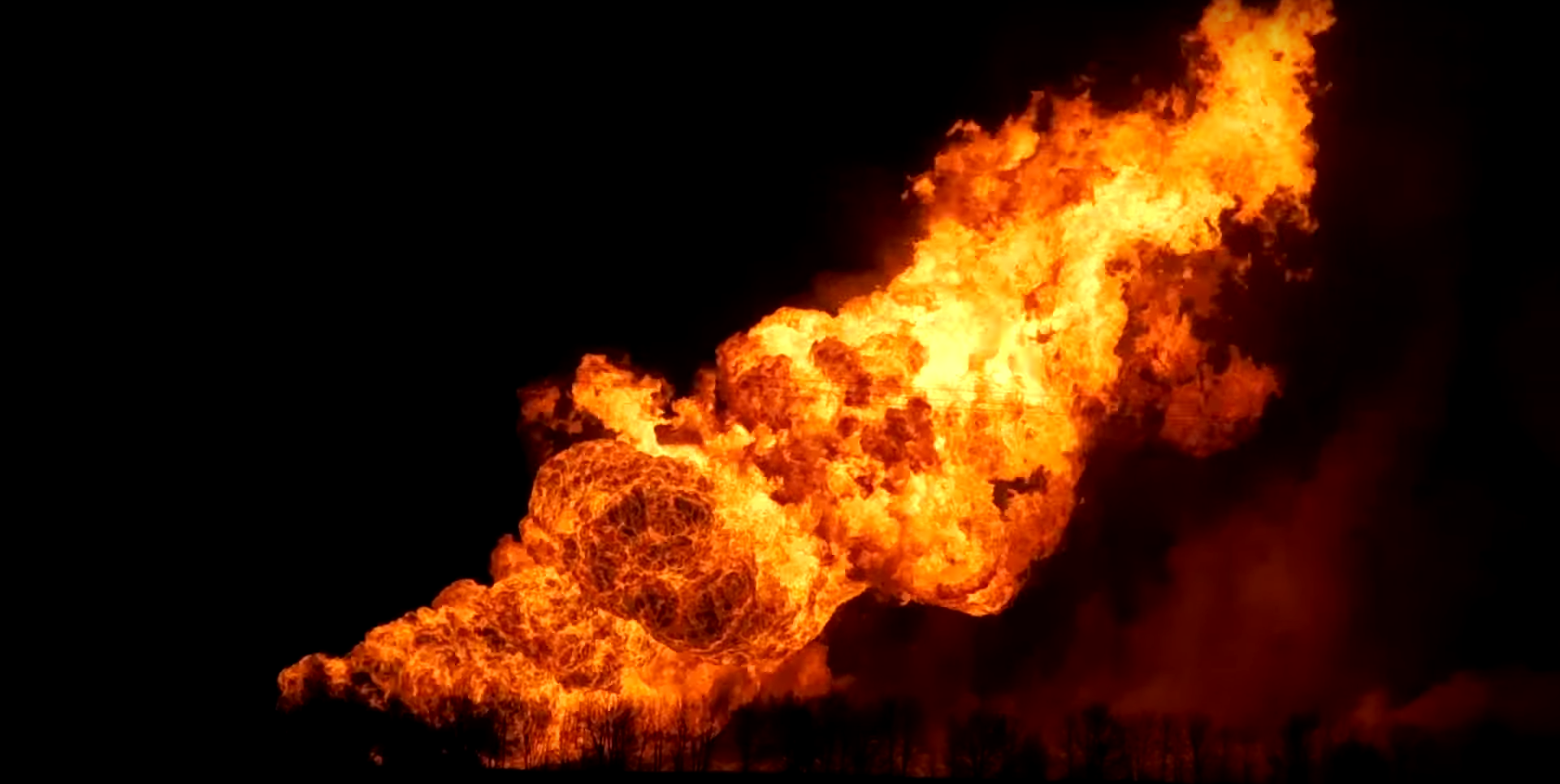Please support our coverage of democratic movements and become a supporter of rabble.ca.
The Transportation Safety Board has released its report on the rupture and explosion of TransCanada’s pipeline in Otterburne, Manitoba in January of 2014. The report can be read here.
The pipeline was found to have ruptured due to a faulty weld created when it was built in 1960. The fatally flawed weld was not detected by any of TransCanada’s inspections over the last 54 years. It finally revealed its presence in a massive explosion that sent flames hundreds of metres into the winter skies over Otterburne.
TransCanada’s pipeline Integrity Management Program is supposed to prevent ruptures like this. It failed. Just like it has failed in the other eight pipeline ruptures the corporation has had in Canada since 2009- more ruptures than any other pipeline company according to National Energy Board statistics. These ruptures occurred on both recently built pipelines and pipelines that are decades old which raises serious questions about TransCanada’s ability to safely design, build and maintain pipelines.
Transportation Safety Board investigations do not “assign fault or determine civil or criminal liability.” They don’t have to because there are no “accidents” when it comes to pipeline ruptures. Every rupture is a failure of the company’s Integrity Management Program. Every rupture is the company’s fault.
TransCanada is currently seeking approval to convert their 40-year-old Mainline natural gas pipeline to carry tar sands crude from Alberta through Ontario and then (in a newly built section of pipeline) across Quebec to an export terminal in New Brunswick. The Energy East pipeline would be the largest in Canada and pump 1.1 million barrels of crude oil per day, dwarfing TransCanada’s controversial KeystoneXL pipeline.
Standards for pipeline construction were lower 40-50 years ago when the Mainline and the pipeline that exploded in Otterburne where built. There are more stringent rules in place for pipelines built today. TransCanada will save roughly $5 Billion by converting the ancient Mainline instead of building a new pipeline. How many fatal flaws are lying in wait along the old 3000 kilometres of pipeline? TransCanada’s inadequate Integrity Management Program is the only thing that might discover them before they rupture.
We are still waiting for official reports on four other TransCanada pipeline ruptures.
Image: YouTube
Please support our coverage of democratic movements and become a supporter of rabble.ca.



